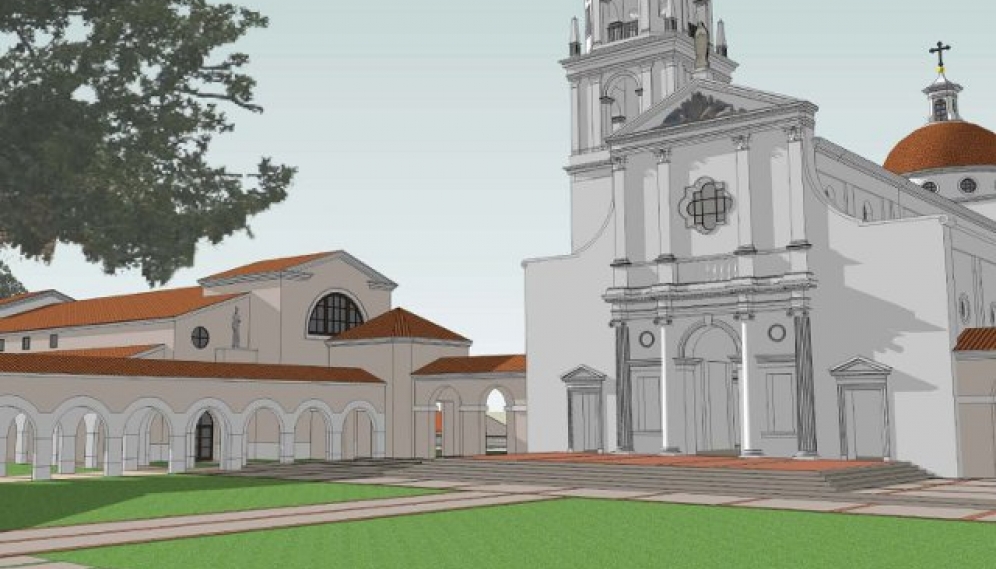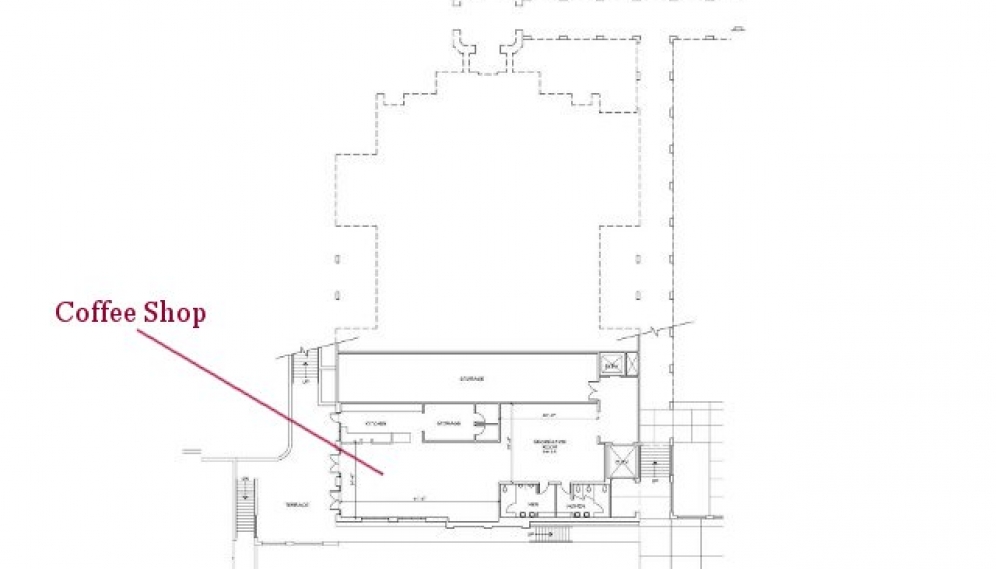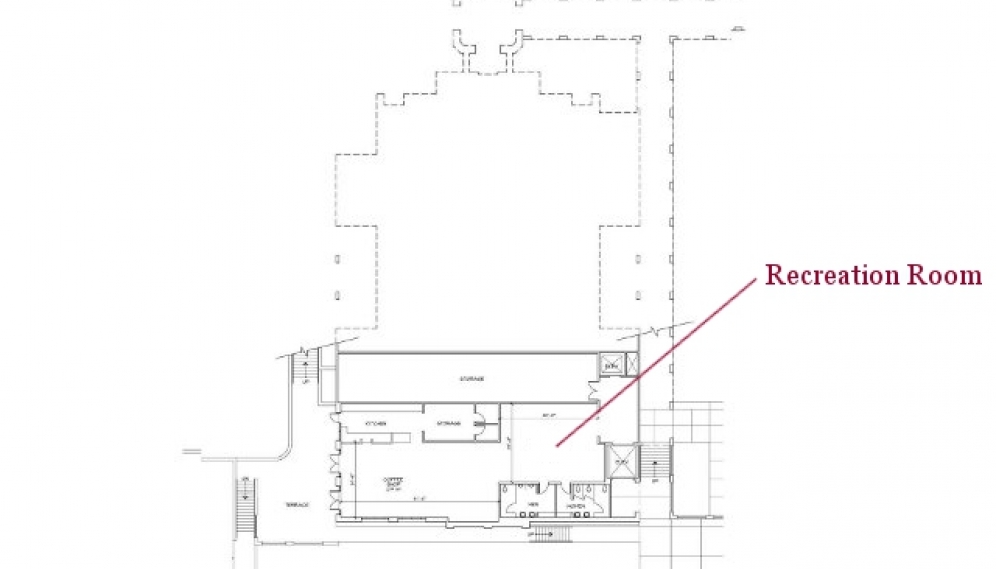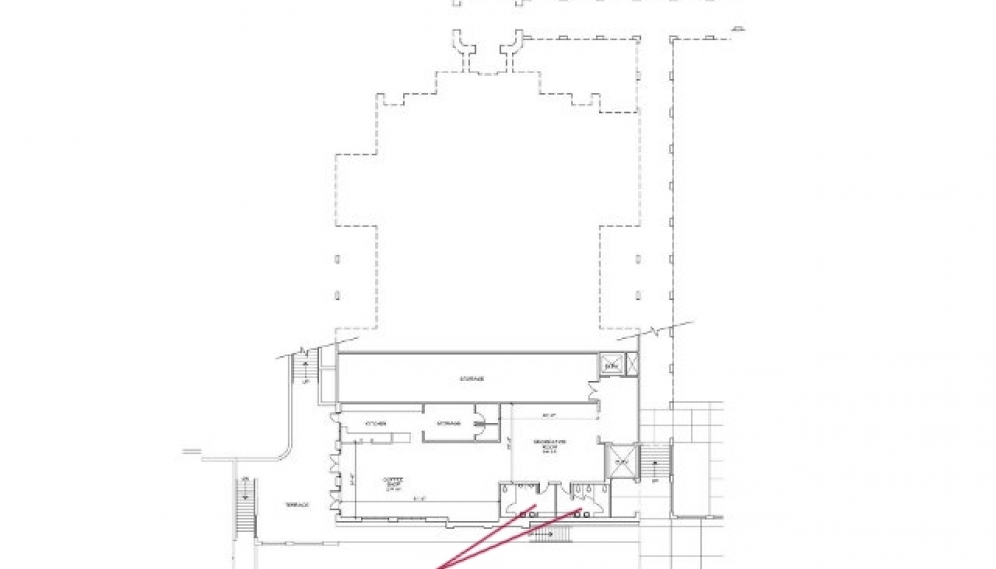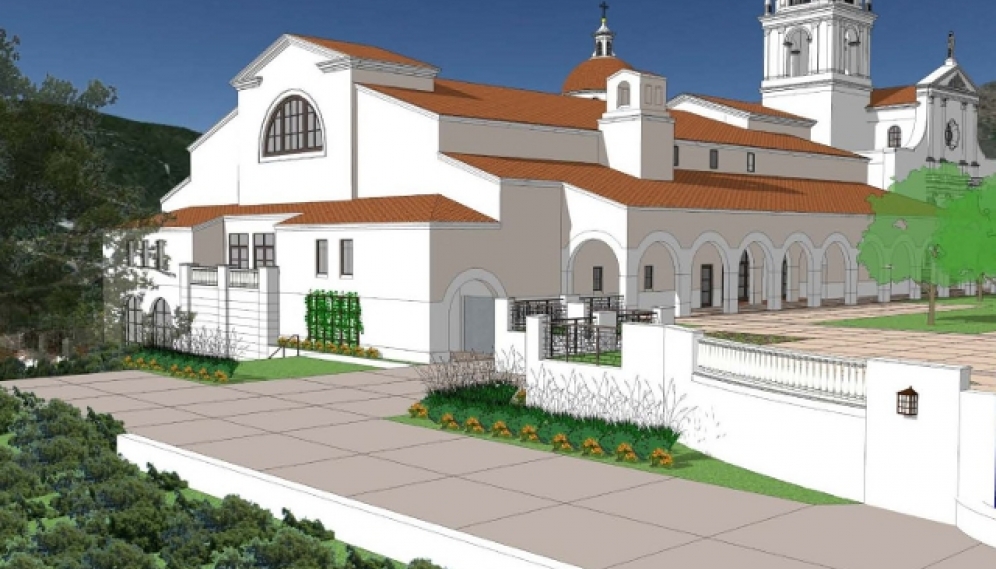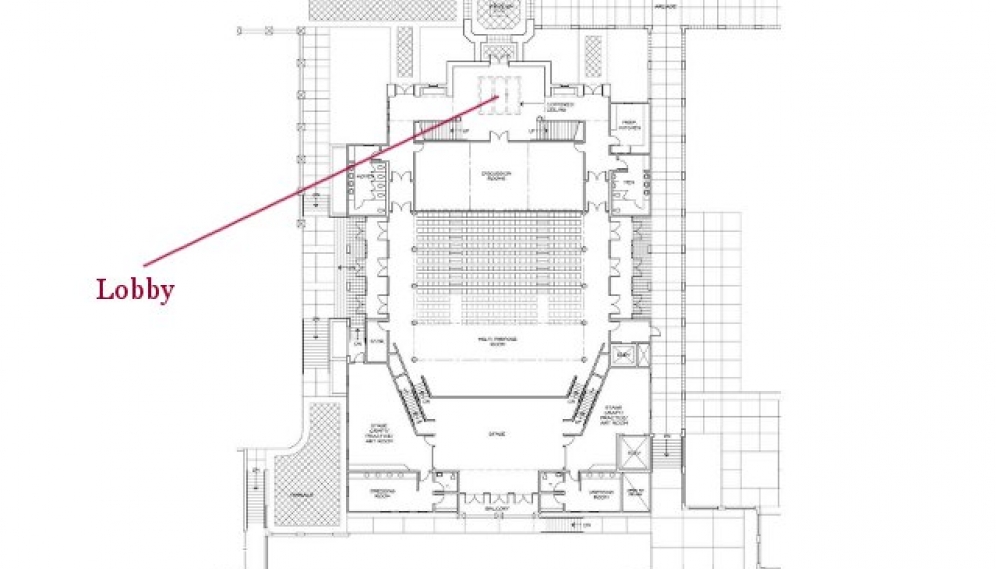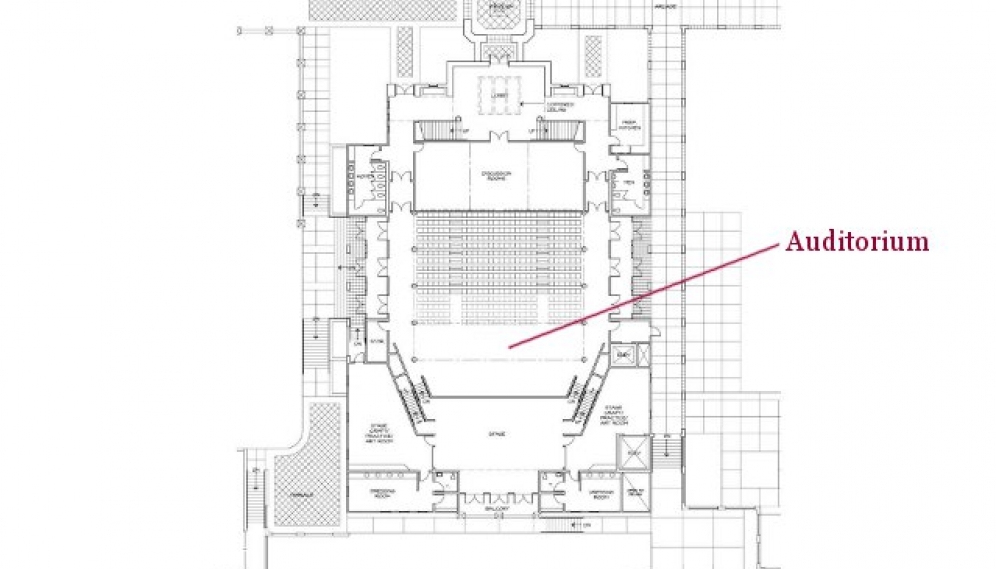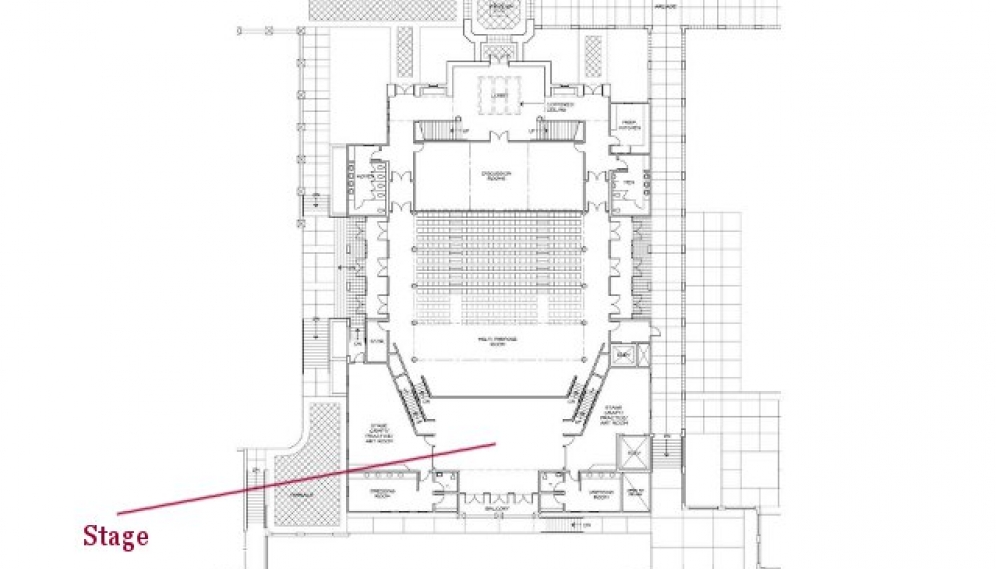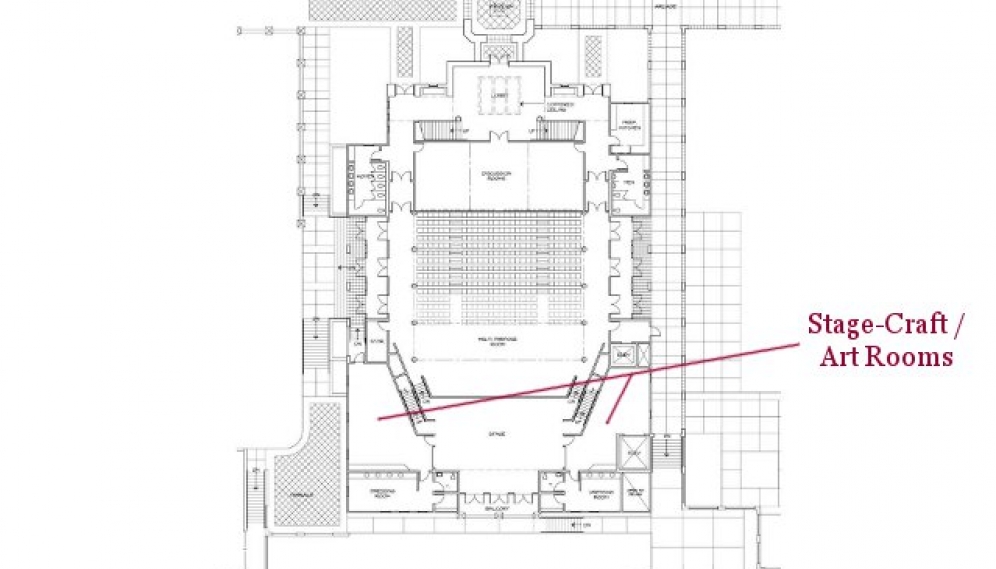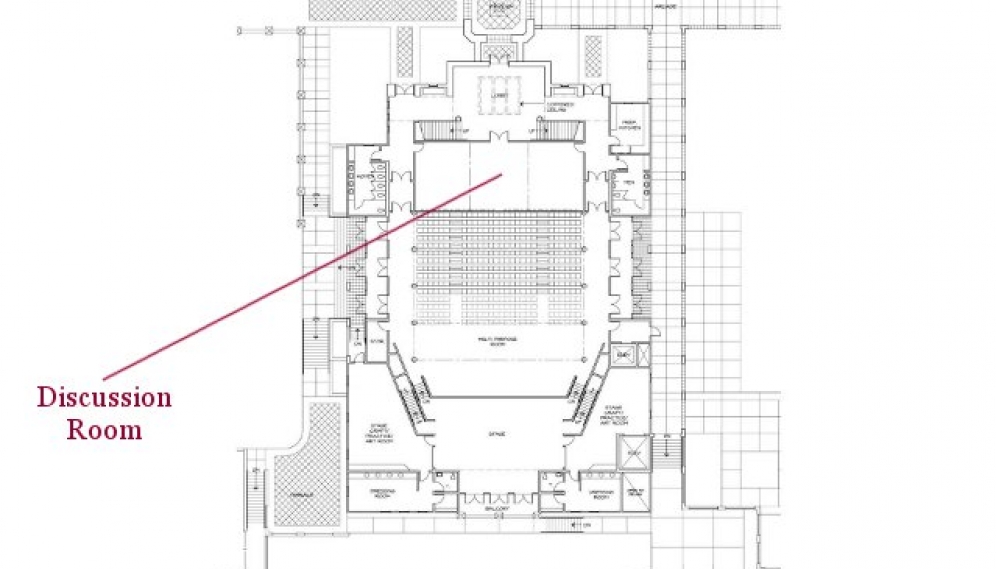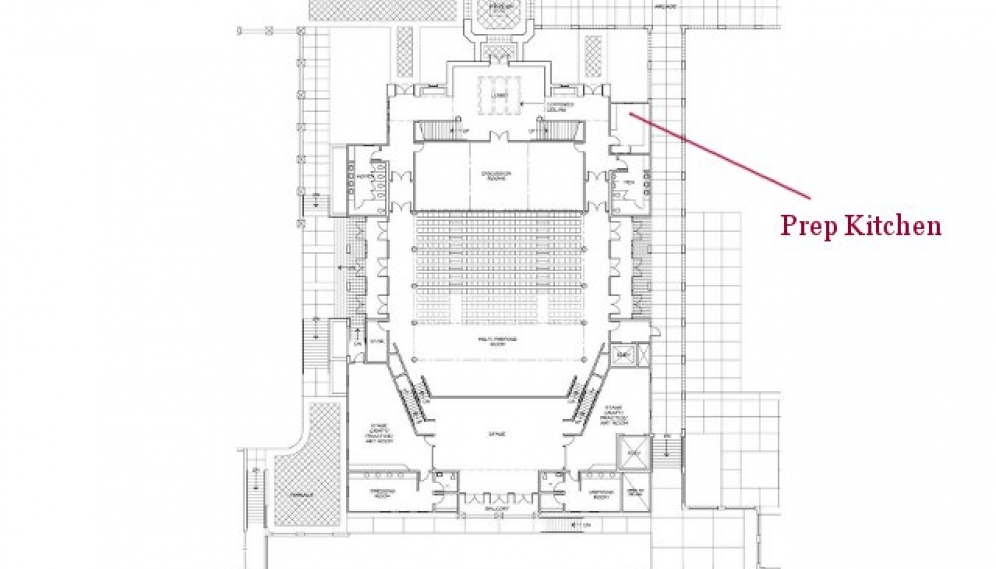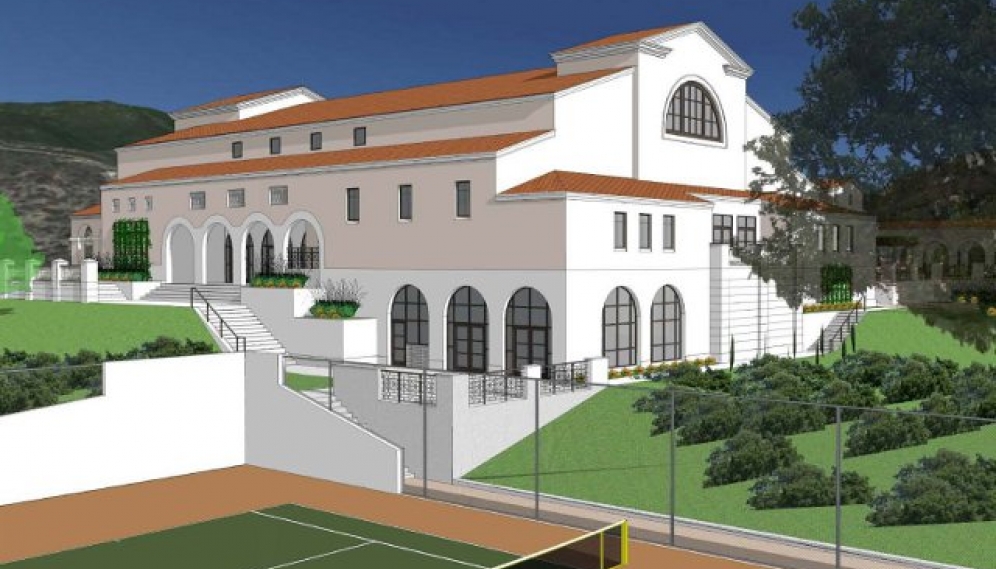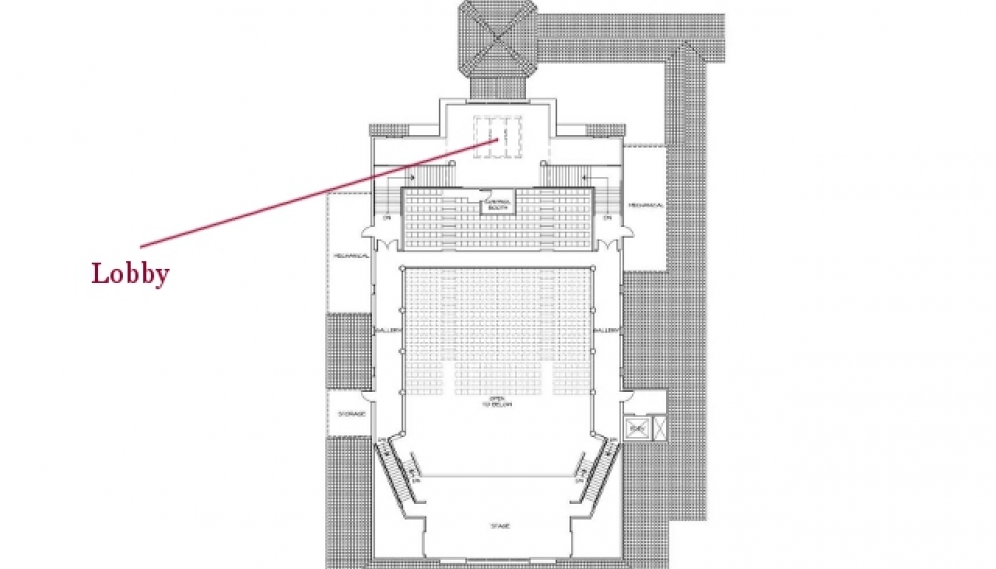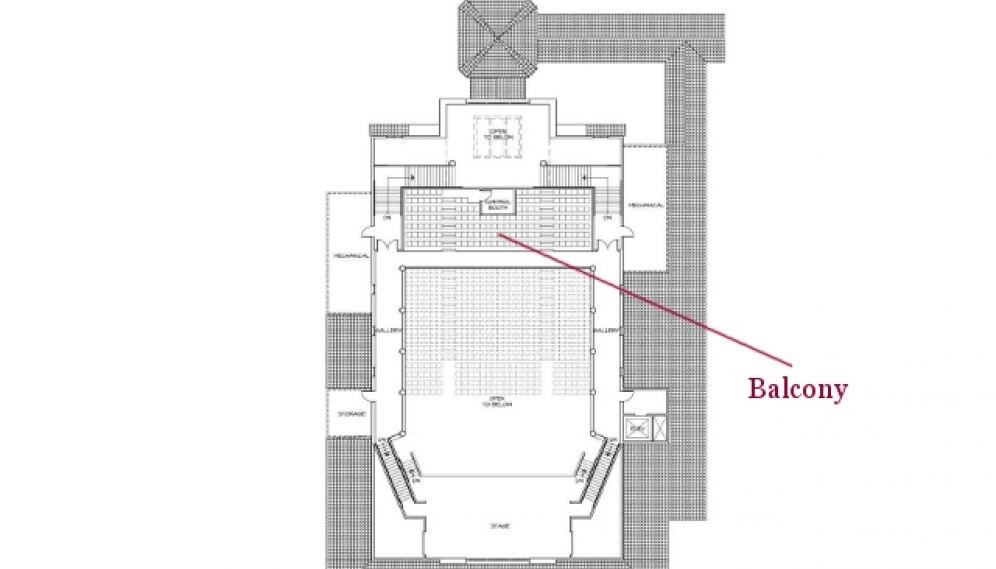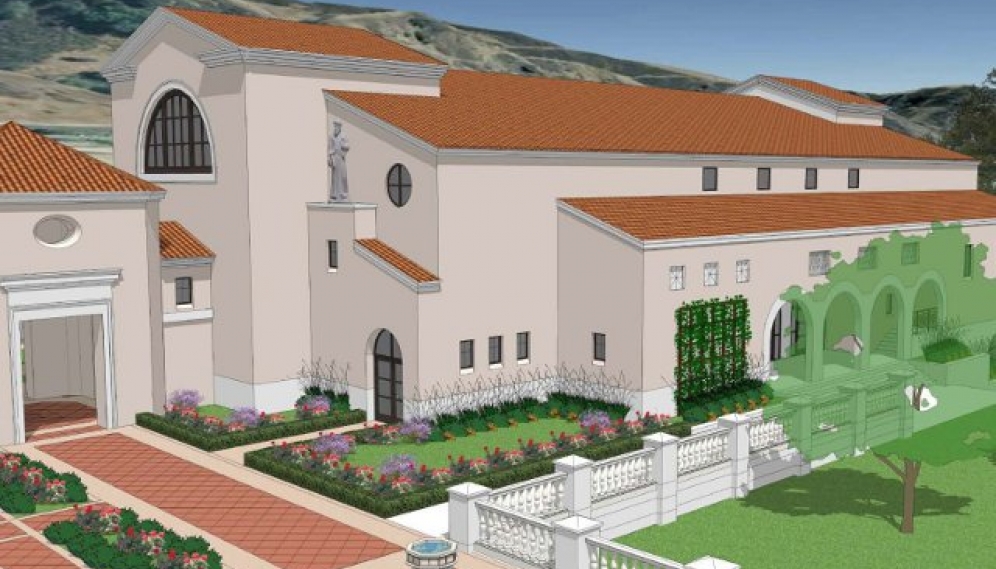- Home
-
About
 Fidelity & Excellence
Fidelity & ExcellenceThomas Aquinas College is unique among American colleges and universities, offering a faithfully Catholic education comprised entirely of the Great Books and classroom discussions.
-
A Liberating Education
 Truth Matters
Truth MattersTruth, and nothing less, sets men free; and because truth is both natural and supernatural, the College’s curriculum aims at both natural and divine wisdom.
-
A Catholic Life
 Under the Light of Faith
Under the Light of FaithThe intellectual tradition and moral teachings of the Catholic Church infuse the whole life of Thomas Aquinas College, illuminating the curriculum and the community alike.
-
Admission & Aid
 Is TAC Right for You?
Is TAC Right for You?Do you enjoy grappling with complex questions? Are you willing to engage in discussions about difficult concepts, with the truth as your ultimate goal?
-
Students & Parents
 Mind, Body & Spirit
Mind, Body & SpiritThere is always something to do at TAC — something worthwhile, something fulfilling, and something geared toward ever-greater spiritual and intellectual growth.
-
Alumni & Careers
 What Can You Do with a Liberal Education?
What Can You Do with a Liberal Education?Nothing speaks more to the versatility of the College’s academic program than the good that our alumni are doing throughout the Church and the world.
- Search
- Giving
The College’s Next Building: St. Cecilia Hall
Fritz B. Burns Foundation Awards Grant for
New Lecture & Concert Hall
The Fritz B. Burns Foundation of Los Angeles has graciously awarded Thomas Aquinas College one of the largest grants in the College’s 44-year-history — $8.5 million for the construction of a new lecture and concert building, St. Cecilia Hall.
“We are profoundly grateful to the Fritz B. Burns Foundation, which has generously supported the College since our founding, for making what is, by far, its largest contribution to date,” says President Michael F. McLean. “We are also delighted to announce the construction of St. Cecilia Hall, which will be a blessing to our students and our friends for many years to come.”
Located on the southwest corner of the academic quadrangle, adjacent to St. Gladys Hall and Our Lady of the Most Holy Trinity Chapel, St. Cecilia Hall will host the biweekly events that make up the College’s St. Vincent DePaul Lecture and Concert Series. “Thanks to the Foundation, we will soon have a facility worthy of the excellent speakers and musicians that we regularly bring to campus,” says Dr. McLean. “We look forward to making the new building a place of welcome, where friends and neighbors can come to experience a key part of the life of the College.”
Heart of the Academic Program
Although Thomas Aquinas College’s normal pedagogy is the Discussion Method, through which students take a more active role in their learning, the College “has always acknowledged the need for lectures to provide a structured, expert guide through complex topics,” says Dr. McLean. “We also think it is important to listen to excellent music, and so the Lecture and Concert Series is a mandatory part of our curriculum.”
It was the importance of the Series to the College’s mission, says Dr. McLean, that appealed to the Fritz B. Burns Foundation’s Board of Directors, who only two years ago contributed $3.2 million for the construction of St. Gladys Hall. “They also seem to have been impressed by our students’ musical talents and artistic performances, such as Gilbert and Sullivan productions, or the Choir’s recent performance of Handel’s Messiah. They are very keen on supporting something that is so integral to the program.”
A Fitting Venue
For the last 35 years, the College has had to make do with using its dining hall, St. Joseph Commons, for lectures and concerts. “The Commons has served us well, but it is simply not designed to be an auditorium,” remarks Vice President for Finance and Administration Peter L. DeLuca. Lacking air conditioning, the building can be uncomfortably warm, and speakers have to compete with the hum of refrigerators and ice machines emanating from the food-service area. Moreover, the constant need to rearrange the furniture for various events imposes expensive labor costs on the College and wear and tear on its facilities and equipment.
St. Cecilia Hall, by comparison, with its concert-hall acoustics, theatrical lighting, and 580-person stadium seating, will offer an ideal setting for lectures and concerts. The building will also host the annual Matriculation ceremony and orientation assemblies, dramatic productions, dances, informal musical performances, and academic conferences.
In addition to the main auditorium, St. Cecilia Hall will include a discussion room for post-lecture question-and-answer sessions, informal “Tutor Talks,” and senior thesis defenses. Its lower level will feature a recreation area and a coffee shop that opens out to a terrace overlooking the future site of the campus tennis courts. “We like that all these student services will now be available so close to the Chapel,” says Dr. McLean. “We think that it will help to better integrate the campus and inspire more regular visits to the Blessed Sacrament.”
Names and Patrons
“The Fritz B. Burns Foundation is very sympathetic to the College’s policy of naming buildings after saints,” says Dr. McLean. “Its directors were glad to help us choose a patron for the lecture and concert hall.” Rather quickly, it became clear that St. Cecilia, the 4th century virgin and martyr who is the patroness of music, was the right choice.
“Music is such an important part of this college, not just within the curriculum, but also in terms of extracurricular activities and the liturgy,” says Dr. McLean. “Then, at the time we were having these discussions, Maureen Rawlinson, a trustee at the Burns Foundation, had planted St. Cecilia roses in her garden — a providential sign, we thought, that we had chosen the right name.” In honor of the building’s patroness, the College will plant her namesake roses in the adjacent garden.
In keeping with College custom, the Fritz B. Burns Foundation has opted to name some of the building’s interior spaces after friends of the College and the Foundation. The auditorium, for example, will bear the name of Fritz B. Burns. “What could be better than to name a concert hall after a super salesman who was a music lover, a singer, a comic, and a poet?” asks the Foundation’s president, Rex Rawlinson.
The Foundation has likewise chosen to name the discussion room after Dr. Thomas E. Dillon, the College’s late president. “Tom was a master of clarity and an indefatigable leader of discussions,” says Mr. Rawlinson. “Outside of Socrates, I can think of no one better to name a discussion room after.”
Finally, the coffee shop will carry the name of the Foundation’s longtime executive director, Ken Skinner, and his widow, Joyce. “Ken was one of the most completely honest people I ever met,” recalls Mr. Rawlinson. “And Joyce is a very generous woman with a big heart. I cannot think of a better example of charity.”
Construction Timeline
The design architect for St. Cecilia Hall is Scott Boydstun of Rasmussen and Associates in Ventura, California, who has designed 11 of the permanent buildings on campus. “Between now and the summer we will do construction drawings and obtain all the necessary permits,” says Mr. DeLuca. “We hope to start grading by mid-to-late summer and to have the building completed and ready for use at the start of the second semester in the 2016–17 academic year."
St. Cecilia, pray for us!



